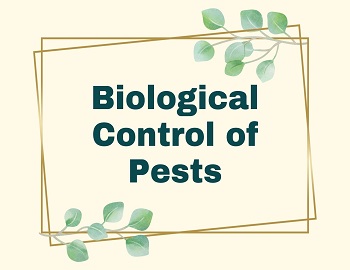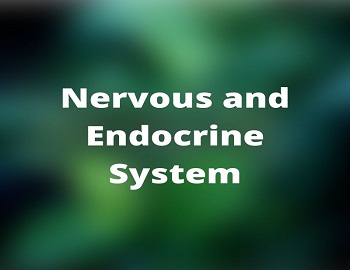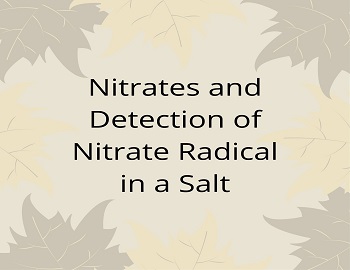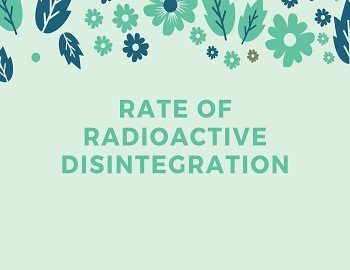Biological Control of Pests:
All plant pests have predators and parasites. Predators kill the prey, whereas the parasites feed on the host species. If the predators are voracious feeders, they eliminate a large number of pests at one stroke. On the other hand, parasites breed either in or on the host and kill the pests slowly. Dragonflies, antlions, praying insects, lacewings, ladybird beetles, stinging wasps and hoover flies are common examples of predators which feed on other insects and their larvae. Parasitic insects lay their eggs on the bodies of plant-feeding insect pests and when larvae emerge, they feed on the tissues of such insects and kill them. Many parasitic insects belonging to the orders Diptera (flies) and Hymenoptera (bees, wasps) are known.
A study of the habits, ecology and inter-relations of animals has led biologists to make use of the predatory and parasitic insects in the control of plant pests. The utilization of the natural enemies of pests for pest control is called biological control.
Examples of Biological Control of Pests:
- The first effective bioherbicide was a mycoherbicide (a fungus that destroys weeds) developed in 1981. The herbicide is Phytophthora palmivora which controls the growth of milkweed vines in citrus orchards.
- Cactoblastis cactorum (Cochineal Insect) has controlled the spread of Opuntia in India and Australia.
- Extensive growth of Hypericum perforatum or Klamath weed was checked in the U.S.A by the introduction of Chrysolina beetles.
- Beetle Zygogramma bicolorata is the biological control of Parthenium hysterophorus.
- Smoother crops do not allow weeds to grow. Example- Sunflower, Sorghum, Barley, Soyabean, Alfalfa, Sweet Clover, Sorghum etc. Rotation with smoother crops gives protection from weeds.
- Soil bacterium, Bacillus thuringiensis acts as a biopesticide. The spores of this bacterium produce the insecticidal Cry protein which kills the caterpillars of certain insects. The commercial preparation of Bacillus thuringiensis contains a mixture of spores, cry protein and an inert carrier. These are sprayed on vulnerable plants such as Brassicas and fruit trees where they are eaten by the insect larvae. In the gut of the larvae, the toxin is released and the larvae get killed. The bacterial disease kills the caterpillars but leaves other insects unharmed. The use of biopesticides is reducing the application of chemicals and ultimately helping in sustainable agriculture development.
- Similarly, bioherbicides obtained from the fungus Trichoderma is used to control several plant pathogens. It inhibts pathogens through release of gliotoxin, viridin, gliovirin and trichodermin like substances.
- Baculoviruses (Nucleopolyhedrovirus) are the biological control agents that attack insects and other arthropods. These viruses are excellent candidates for species-specific and have no negative impacts on plants and other organisms or even on non-target insects.
- The fungus Beauveria bassiana is used to control potato beetle and codling moth.
- The aphids are the pest of common vegetables and they are destructed by the use of ladybird or the praying mantis. Similarly, dragonflies are useful to get rid of mosquitoes.
- Crown gall disease of apple and other trees has been successfully controlled on large scale by treating the seeds, seedlings and cuttings with a suspension of a nonpathogenic strain of Agrobacterium radiobacter.
- A number of insects are repelled by azadirachtin from Margosa due to antifeedant property. It was perhaps the first natural insecticide used by humans.
- Rotenone from the roots of Derris and Lonchocarpus is a powerful insecticide harmless to warm-blooded animals.









Comments (No)